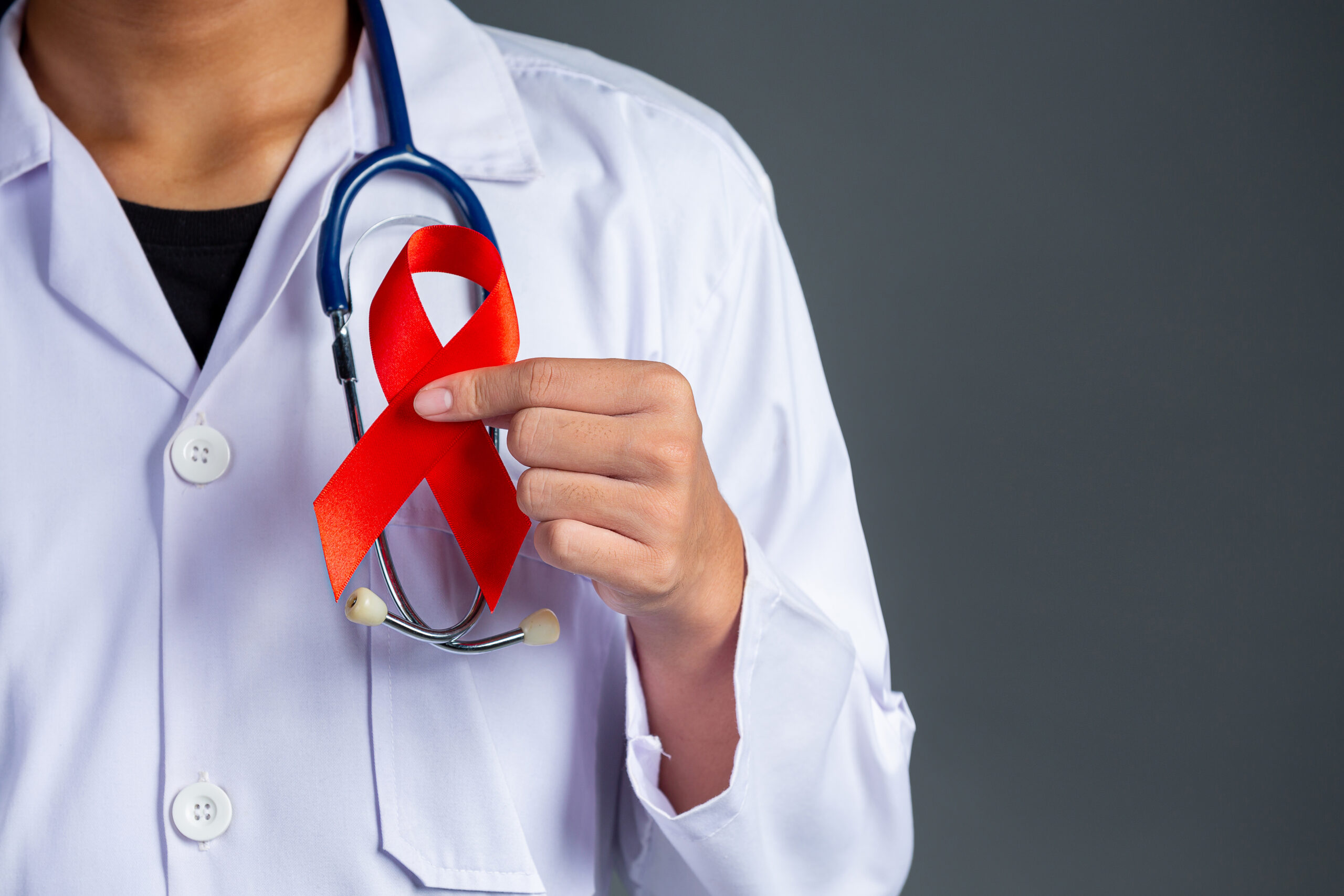Namibia, like many African countries, has been at the forefront of the global fight against HIV/AIDS. Over the past few decades, the nation has made significant strides in reducing the prevalence of HIV and improving the lives of those affected by the virus. Despite facing numerous challenges, Namibia’s response to the HIV epidemic has been hailed as a model for other countries in sub-Saharan Africa. This article takes an in-depth look at Namibia’s fight against HIV, examining the progress made, the challenges that remain, and the strategies that are shaping the future of the country’s HIV response.
The HIV Landscape in Namibia: A Brief Overview
HIV (Human Immunodeficiency Virus) was first identified in Namibia in the 1980s, with the first case reported in 1986. Since then, the country has faced one of the highest HIV prevalence rates in the world. At the peak of the epidemic, Namibia had one of the highest rates of infection, with an adult prevalence rate reaching up to 22% in the early 2000s.
However, in recent years, the nation has made notable progress in controlling the spread of the virus, thanks to a combination of public health interventions, political will, and the support of international organizations. As of the latest reports, the adult HIV prevalence rate stands at approximately 12-15%, a significant reduction from previous years. While Namibia has made substantial progress, the fight against HIV is far from over, and the country continues to face a complex set of challenges in its efforts to eliminate the virus.
Key Achievements in Namibia’s HIV Response
1. Expansion of HIV Testing and Counseling Services
One of the key components of Namibia’s successful HIV response has been the expansion of HIV testing and counseling services. Over the years, the government has rolled out numerous initiatives aimed at increasing awareness about HIV, promoting voluntary counseling and testing (VCT), and ensuring that more people know their HIV status. In particular, efforts have been made to integrate HIV testing into routine healthcare services, such as maternal and child health services, to ensure that even remote and underserved communities have access to testing.
This increased access to testing has contributed to more people being diagnosed with HIV early, which is crucial for effective treatment and care. In 2010, Namibia introduced provider-initiated HIV testing and counseling (PITC) in healthcare facilities, which allows healthcare workers to offer HIV testing to patients during routine visits. PITC has proven to be a successful strategy in identifying people living with HIV and linking them to care services.
2. Universal Access to Antiretroviral Therapy (ART)
Another significant achievement in Namibia’s HIV response has been the expansion of access to antiretroviral therapy (ART). ART has been proven to reduce the viral load of HIV-positive individuals, making it undetectable in many cases, thus reducing the likelihood of transmitting the virus to others. ART has also significantly improved the quality of life for people living with HIV, allowing them to live longer, healthier lives.
Namibia was one of the first African countries to adopt a universal access policy for ART, ensuring that all people living with HIV, regardless of their CD4 count (a measure of immune system strength), could access life-saving treatment. This approach has led to a substantial increase in the number of people on ART, from fewer than 50,000 in the mid-2000s to over 250,000 by 2020.
The country’s commitment to ART is supported by both government funding and international donors, particularly the Global Fund and the U.S. President’s Emergency Plan for AIDS Relief (PEPFAR). Namibia’s ART program has been heralded as a success story, with the country making substantial progress toward achieving the UNAIDS target of 90-90-90 by 2020, which aims for 90% of people living with HIV to know their status, 90% of those diagnosed to be on ART, and 90% of those on ART to have viral suppression.
3. Prevention of Mother-to-Child Transmission (PMTCT)
One of the major concerns in the HIV fight is the transmission of the virus from mother to child during pregnancy, childbirth, or breastfeeding. However, Namibia has made significant progress in preventing mother-to-child transmission (PMTCT) of HIV. Through comprehensive strategies, including routine HIV testing for pregnant women, the provision of ART during pregnancy, and safe delivery practices, the country has seen a dramatic reduction in the number of infants born with HIV.
The introduction of Option B+ in 2013, which provides lifelong ART to all HIV-positive pregnant and breastfeeding women, has been a game-changer in preventing mother-to-child transmission. As a result, the rate of new HIV infections among infants has dropped significantly, contributing to Namibia’s progress in reducing its overall HIV burden.
4. Addressing Stigma and Discrimination
Stigma and discrimination have long been barriers to effective HIV prevention and treatment in Namibia. People living with HIV often face social exclusion, which can deter them from seeking testing and treatment. However, the Namibian government and various civil society organizations have worked tirelessly to reduce stigma and promote inclusion.
Public awareness campaigns, community-based education, and efforts to involve people living with HIV in advocacy and support groups have been critical in changing attitudes. Namibia’s legal framework also supports the rights of people living with HIV, and efforts to ensure that discrimination in healthcare settings is addressed have helped create a more supportive environment for those affected by the virus.
5. Collaboration with International Partners
Namibia’s success in the fight against HIV would not have been possible without the support of international partners. The country has received significant financial and technical assistance from organizations like the Global Fund, PEPFAR, the World Health Organization (WHO), and UNAIDS. These partnerships have enabled Namibia to expand access to treatment, prevention services, and healthcare infrastructure.
Furthermore, Namibia has actively participated in regional and international forums aimed at strengthening the global response to HIV. The country’s commitment to international cooperation and knowledge-sharing has positioned it as a leader in the fight against HIV in sub-Saharan Africa.
Ongoing Challenges and Areas for Improvement
Despite the significant progress made, Namibia continues to face challenges in its fight against HIV. Some of the most pressing issues include:
1. High HIV Prevalence Among Key Populations
While overall HIV prevalence has declined, certain populations remain at high risk of HIV infection. These groups include sex workers, men who have sex with men (MSM), people who inject drugs, and individuals in rural areas with limited access to healthcare services. These groups face social marginalization, which limits their access to prevention, testing, and treatment services.
Namibia’s HIV response must continue to focus on these vulnerable populations, providing tailored services and reducing the stigma that often surrounds them. Ensuring that key populations have access to comprehensive HIV prevention and treatment services is essential to achieving the goal of eliminating HIV in the country.
2. Adolescent and Young Adult HIV Infections
Adolescents and young adults in Namibia continue to be disproportionately affected by HIV. Despite the success of prevention programs for adults, new infections among young people, particularly young women, remain a major concern. Social factors such as gender inequality, early sexual initiation, and limited access to sexual and reproductive health education contribute to the high rate of new infections in this age group.
Targeted prevention programs for young people, including comprehensive sex education and initiatives that address gender-based violence, are essential to curbing the rise in new infections among this vulnerable group.
3. Sustainability of HIV Programs
As Namibia’s HIV programs expand, the sustainability of these efforts becomes an increasing concern. Much of the funding for Namibia’s HIV response comes from international donors. However, in the long term, Namibia must ensure that its HIV programs are self-sustaining. This requires increased investment in domestic healthcare infrastructure, improved healthcare systems, and continued political commitment to the fight against HIV.
The Road Ahead: What’s Next for Namibia’s HIV Response?
Looking forward, Namibia faces both opportunities and challenges in its ongoing fight against HIV. The country is committed to reaching its goal of ending AIDS as a public health threat by 2030, in line with the global target set by the United Nations. To achieve this, Namibia must continue its efforts to reduce new HIV infections, ensure that people living with HIV have access to lifelong treatment, and address the underlying social and structural factors that drive the epidemic.
Key strategies for the future include expanding access to pre-exposure prophylaxis (PrEP), a highly effective HIV prevention method, improving sexual and reproductive health services for young people, and ensuring that health systems are equipped to handle the ongoing HIV burden. Namibia must also continue to invest in HIV research and data collection to inform future policies and interventions.
Namibia’s fight against HIV has come a long way, but there is still much work to be done. With continued commitment, international cooperation, and a focus on key populations, Namibia can build on its successes and ultimately eliminate HIV as a major public health threat. The road ahead may be challenging, but Namibia’s experience offers valuable lessons for other countries in the region and around the world.
Join 'Namibia Today' WhatsApp Channel
Get the breaking news in Namibia — direct to your WhatsApp.
CLICK HERE TO JOIN












